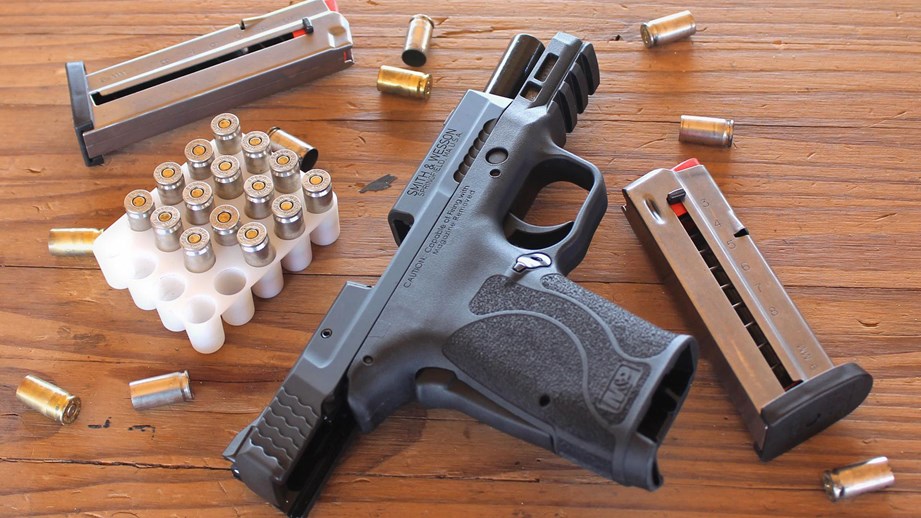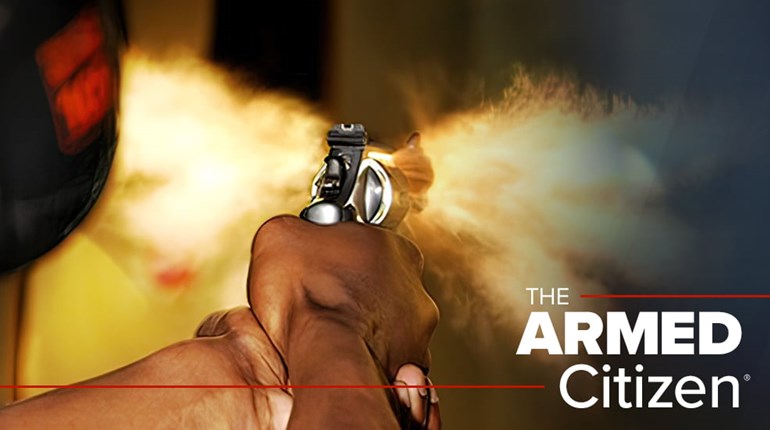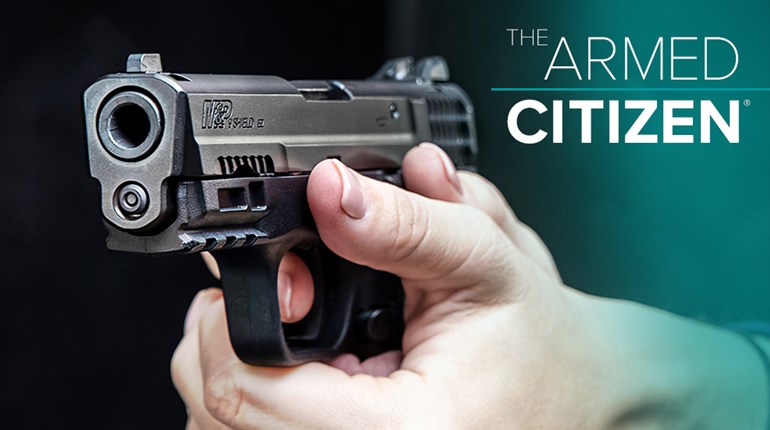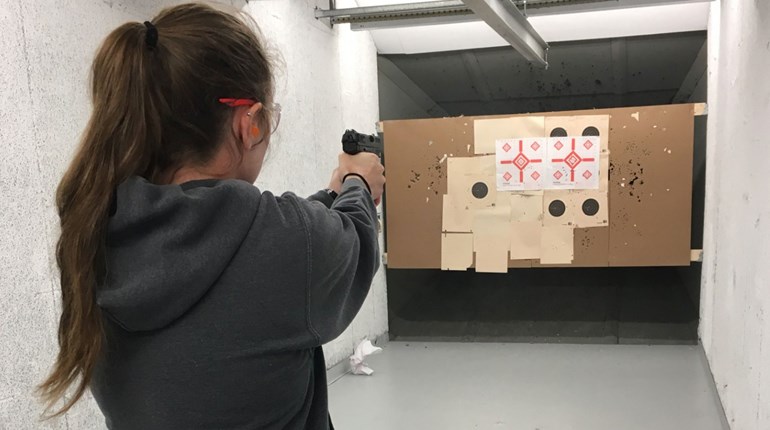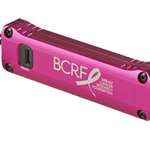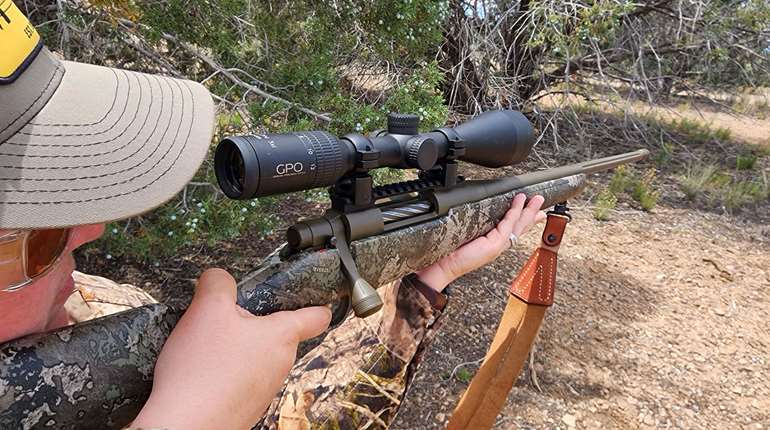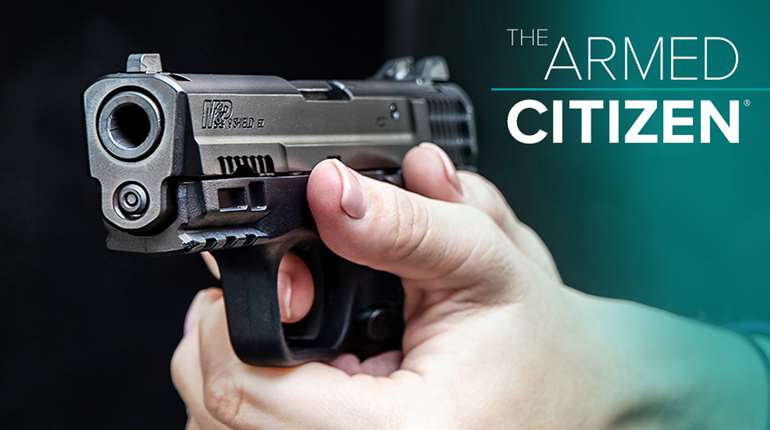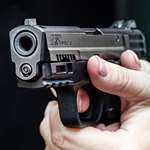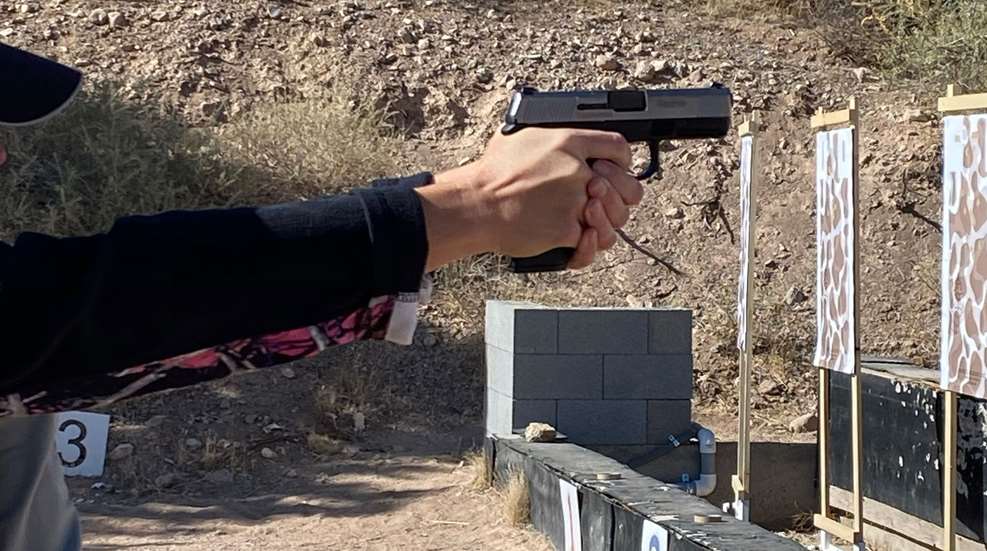
When I started studying up on concealed-carry handguns around 25 years ago, there was a good deal of debate about what model and which caliber of ammunition was “the best” choice. The .357 Mag. and .38 Special double-action revolvers were going head to head with steel, aluminum and polymer-framed semi-automatics chambered in .32 ACP, .380 ACP, 9 mm, .40 S&W and .45 ACP. This plethora of concealed-carry handgun options is still available today and the debates continue. But over the last decade or so we've seen the shooting community, and the instructors who train them, gravitate more and more to one particular gun and ammunition combination: polymer-framed, striker-fired pistols chambered in 9 mm.
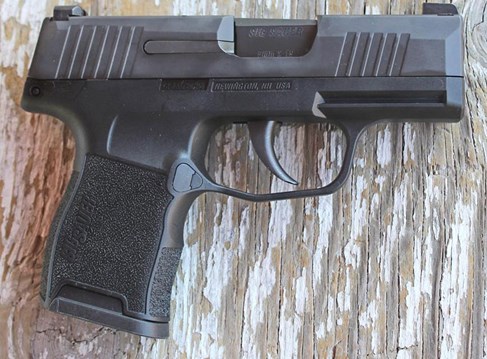
How is it that the “striker 9s” have come to dominate the defensive-handgun market when there are so many options to choose from? Not everyone agrees as to all of the whys and wherefores of how any particular shooting industry trend gains momentum because so many factors are involved. But the reasons for the popularity of the polymer 9 mm are fairly straightforward and driven by the practicality of today's self-defenders. (Sig Sauer P365 Micro Compact shown)
Revolution Number 9 mm
Let's start with the 9 mm cartridge itself. Back in the 1990s, several reputable gun gurus were saying that the 9 mm was the bare minimum someone should carry due to its low stopping power. Folks would be better off carrying a pistol chambered for larger .40 S&W or .45 ACP cartridges. Today we see the military continuing to arm soldiers with 9 mm pistols, law enforcement agencies trading in their .40 S&W side arms for 9 mm models and civilians opting for compact and pocket-size pistols in this same caliber. The 9 mm is now considered the middle ground cartridge choice with the .380 ACP taking its place as the minimum option for concealed carry.
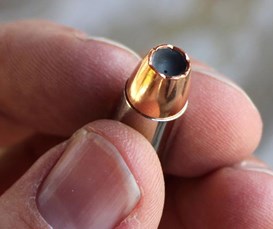
So what changed? First off, 9 mm ammunition got better. Millions of dollars have been spent developing more effective expanding hollow point bullets along with specialized powder charges to bring 9 mm performance in line with larger calibers, and it's worked. Because the 9 mm cartridge is smaller than the .40 S&W and .45 ACP, a 9 mm pistol can hold more ammunition while keeping the grip size accessible to a variety of hand shapes.
The 9 mm produces less felt recoil than larger semi-auto cartridges. This contributes to better shot placement and quicker, more precise follow-up shots. Instructors and practitioners alike have come to recognize that reduced recoil is a benefit for self-defenders of all skill levels.

Smith & Wesson's M&P 9 Shield EZ Pistols
Last, but not least, 9 mm ammunition costs less to buy. When the country is not in the midst of a national ammunition shortage (like we are right now), this caliber is usually the least expensive center-fire cartridge available. Lower costs and less felt recoil encourage more trips to the shooting range to hone one's shooting skills. And regular practice is a key factor to being properly prepared for a defensive situation.
Plethora of Polymer
Now, let's look at the pistols. Although the development of modern handguns has many contributors, the company that broke the ice for polymer semi-automatics here in the United States was the Austrian manufacturer Glock. The release of the Model G17 9 mm duty pistol in 1986 was a real game changer that set the standard for years to come.
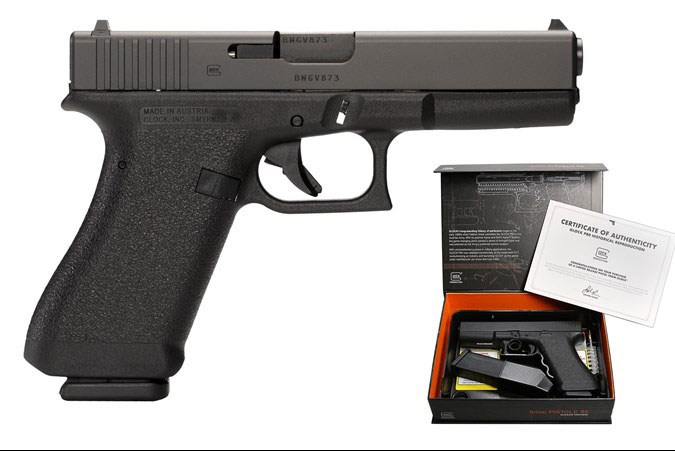
The polymer-framed pistol that changed the industry was Glock's military P80 pistol. It would later be shipped to the United States as the civilian Model G17.
This company proved that injection molded polymer frames could be just as durable and reliable as those made from steel and aluminum. Once the shock of a plastic handgun wore off, other manufacturers came to recognize that polymer frames are significantly less expensive to make since many of the finer details can be molded in instead of having to be machined or drilled into the frame.
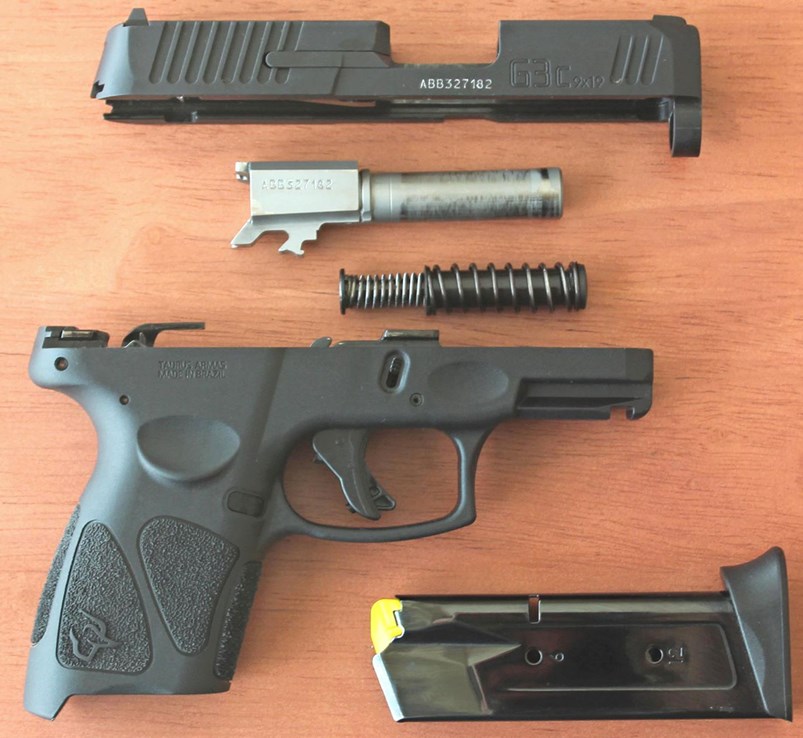
Striker 9s like the Taurus G3c have fewer parts and can be easily disassembled for cleaning.
Glock pistols were unusual at that time too for their simplicity and modularity. Fewer moving parts make a pistol more reliable since there is less to go wrong with the gun. Older semi-automatic designs with metallic frames require the skills of a well-trained gunsmith to install or repair since the parts have to be fitted (cut, sanded or shaped) by hand. Modular components can be simply removed and replaced without any fitting required. The design features of simplicity, reliability and modularity have been borrowed to some degree or another by other manufacturers to become a hallmark for most polymer-framed pistols.
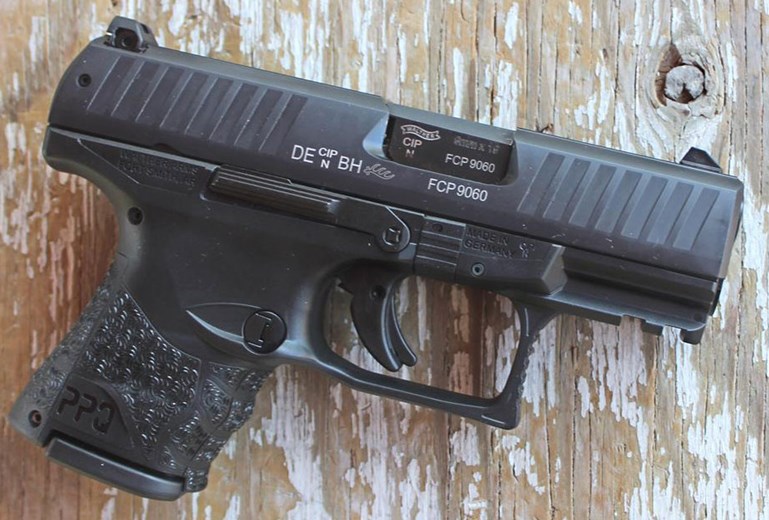
Walther PPQ SC
The Easy Squeeze
While the other factors mentioned above have played a role in driving the striker 9s to prominence, I would say it’s their ease of operation has played the biggest roll in driving them to the top. For years I followed the seemingly endless debates of "Revolvers vs. Semi-Autos for Self Defense" which can be boiled down to this:
- Double-action revolvers hold less ammunition and have a heavy trigger pull but they are simple to operate. Draw, aim, and then press the trigger.
- Semi-automatics are more complicated to operate because of their various external controls but they hold more ammunition and have a lighter trigger pull.
These maxims hold true when the semi-automatics in question have single-action triggers, like the 1911 pistol, or the double-action/single-action triggers (DA/SA) found on pistols such as the Springfield XD-E and Sig Sauer P226. These pistols have external hammers that can be set to different positions and external thumb safeties that have to be disengaged before they are ready to fire. For those who are new to defensive shooting, there's more to learn, remember and practice with these types of pistols.
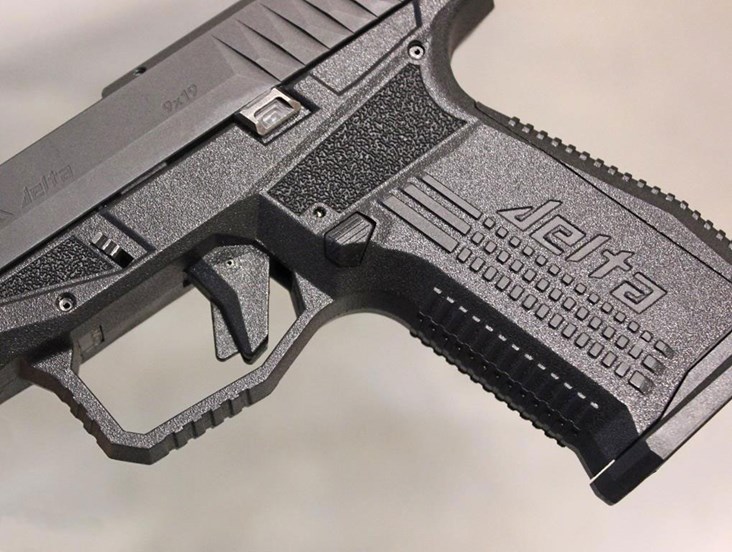
An integral trigger safety makes these guns simple and intuitive to fire. Shown here is the Arex Delta pistol.
But when we are under duress, the easier a gun is to operate, the better. As the fight-or-flight response kicks in during a self-defense situation, fine motor control and manual dexterity go out the window in favor of adrenaline-fueled hyper focus (on the threat), boosted energy levels and reduced sensitivity to pain. Thus it has been, and still is, a common piece of advice that those who are new to or less experienced with handguns should go with a simple to operate double-action revolver.
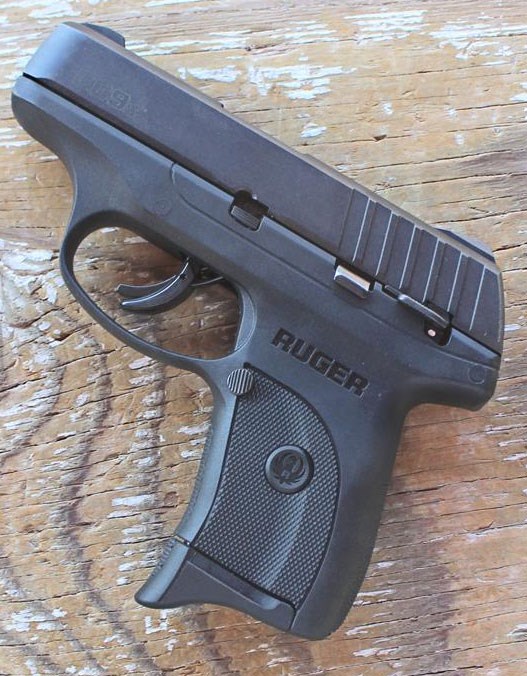
Ruger EC9s
However, the proliferation of striker fired pistols has changed the Revolver vs. Semi-Auto conversation because they offer a best-of-both-worlds solution. The multi-position external hammers have with replaced with a striker system which is engaged and ready to use when a round is chambered. Thumb safeties have been done away with (unless you want one) in favor of an integral trigger safety lever which is disengaged as the trigger is pressed.
The result is a handgun with the ammunition capacity and light trigger pull of a semi-auto that is intuitive to use in high stress situations, just like a revolver: draw, aim and press the trigger.
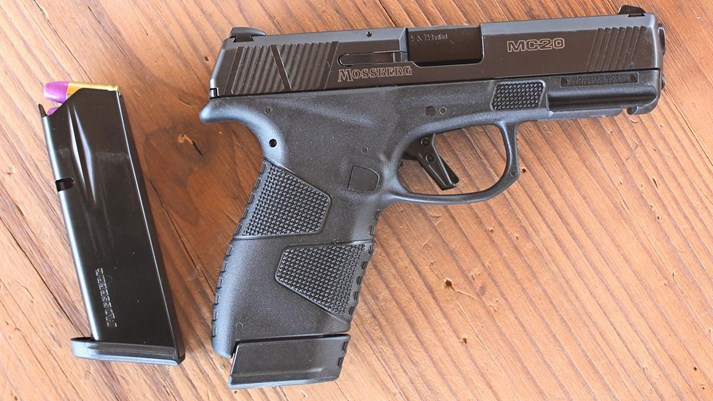
Mossberg MC2c
Parting Thoughts
Some media members have opined that the striker 9s may represent that just right balance of low weight, durability, ammunition capacity and affordable pricing to fill the needs of most civilians, law enforcement personnel and soldiers.
But don't worry. If you've already got a gun and ammunition combination you prefer, there's no need to kick them to the curb and go get one of these guns instead. For those who are new to the defensive pistol scene, I've heard more than one shooting instructor at top schools say that a striker-fired 9 mm is an ideal option to start with. Here are some top-notch options to consider:
9 Nines You Need to Know
8 Reasons to Check Out the Taurus G3c 9 mm Pistol
Easy Choice: Smith & Wesson's M&P 9 Shield EZ Pistols
Mossberg’s "Just Right" MC2c 9 mm Pistol
Springfield Armory's Hellcat Pistol Now in Flat Dark Earth
SIG Sauer Announces Texas Ranger Limited Edition P320 Pistol
